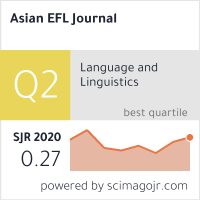Culture Rejected as an Individual Difference in the SLA Process: Not significant, separate and appropriate, overall -nor for Northeast Asia
Culture Rejected as an Individual Difference in the SLA Process: Not significant, separate and appropriate, overall -nor for Northeast Asia
Keywords: No Keyword
Peter Dash
The question for examination is whether culture needs to be considered as a significant and/or separate individual difference factor in SLA (second language acquisition) process theory and teaching against the more traditionally considered ones such as anxiety, aptitude attitude, and personality (Gardner and Lambert.1959; Gardner, Smythe and Clement 1979; Schumman, 1986; Mangubhai, 2002). The author argues, using the preceding references in particular, that the impact of culture on SLA, too often, is not so readily identifiable, or of priority significance for the specific impact it has on individual students. For example, children tend to have neither positive nor negative perceptions of a target language (Genesee, and Hamayan, 1980) while youth are in a process of identity formation (Erikson 1994) that makes it difficult at times, to identify cultural value traits of consistency. As well, a rising global consciousness as referred to by V.S. Naipaul (in Huntington 1997) and ever increasing number of transitional economies such as China and South Korea (to which the author draws on experientially) make it evermore challenging for the average teacher to spell out particular cultural differences especially among Internet wired youth generations. A more established approach should better serve the teaching professional, than one which gives undue separation and significance to a “cultural factor”.
Category: Main Editions








